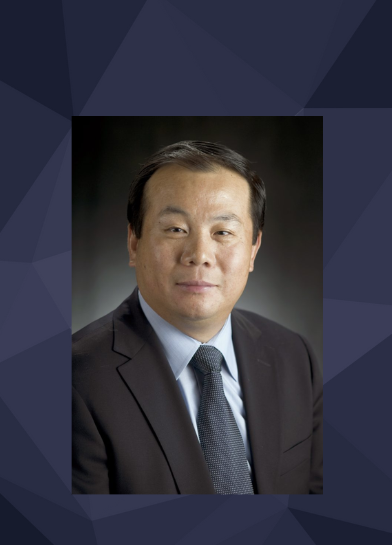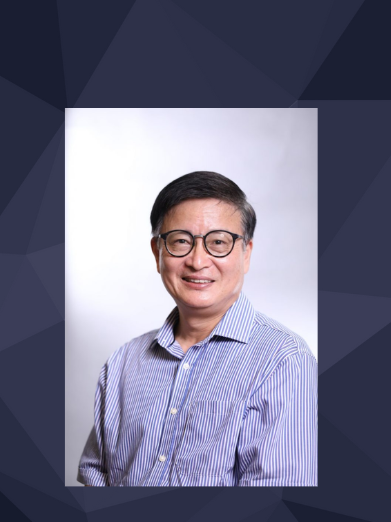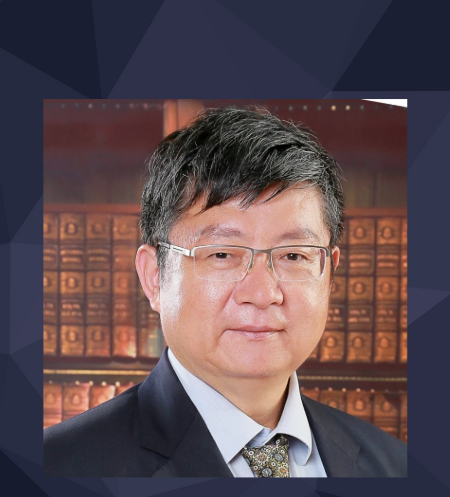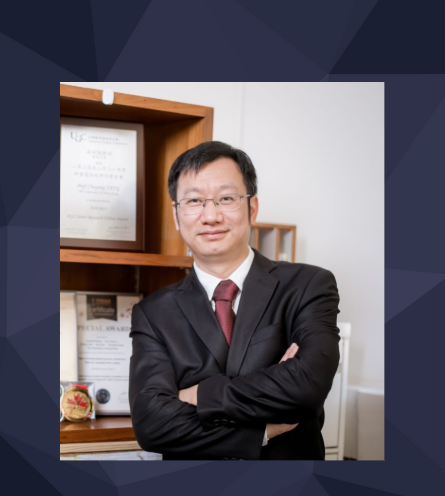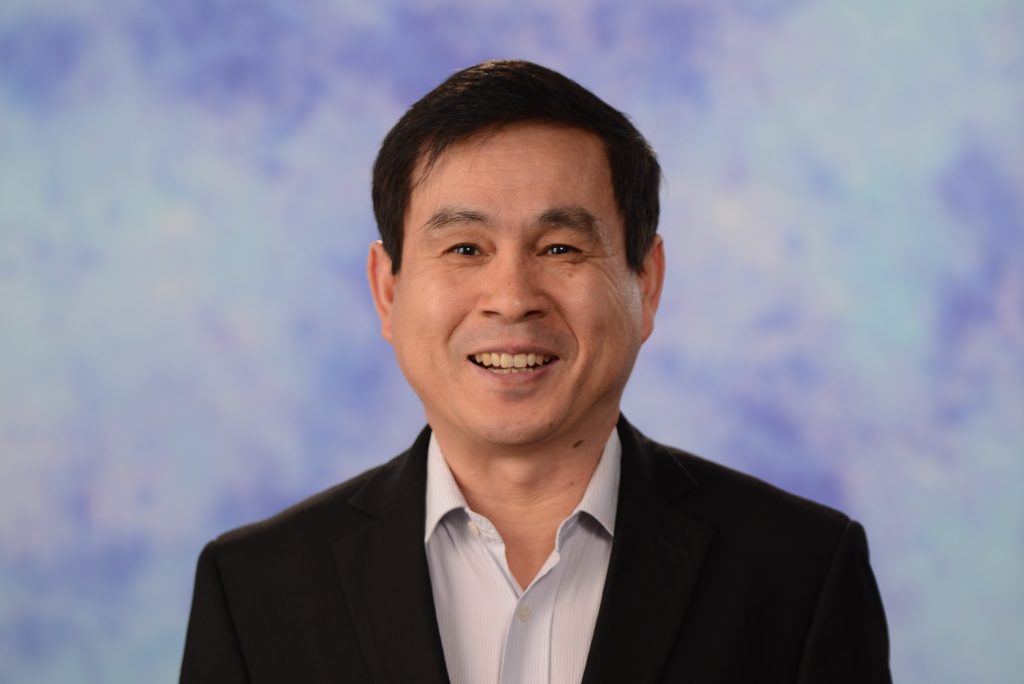TechTalk – Causes and Effects in the Microscopic World
Identifying cause-effect relations is a fundamental primitive in a variety of areas of science and technology. The identification of causal relations is generally accomplished through statistical trials where alternative hypotheses about the causal relations are tested against each other. Traditionally, such trials have been based on classical statistics. But while classical statistics effectively describes the behavior of macroscopic variables, it becomes inadequate at the microscopic scale, described by quantum mechanics, where a richer spectrum of causal relations is accessible. In the past years, there has been an increasing interest in the study of causal relations among quantum variables. In this talk, Professor Giulio Chiribella will show that the counterintuitive features of quantum mechanics can be turned to our advantage, providing speed-ups in the identification of causal relations. These speed-ups have applications to the design of automated quantum machines and new quantum communication protocols.


